Ushering in a new era of intelligent risk-based decision-making in construction
Annual review 2025
Insights
Ushering in a new era of intelligent risk-based decision making in construction
In recent years, there’s been a rapid adaptation of risk-based decision-making tools that are reshaping how we live. Take insurance apps, for example, that track driving habits to analyze in real time and generate reasonable projections of the risks tied to behavior behind the wheel. Companies are relying on these technologies to help them assess and manage their risks, driven by data and powered by advanced computational modeling.
What’s fascinating is that this same revolution is unfolding in the project world. Formula One teams rely on hundreds of sensors to transmit live data back to engineers, who process it instantly to make strategic race decisions in real time. The question now: Is this revolution reaching the construction industry? And if so, how can it elevate project efficiency and predictability?
Over the past decade, both the construction industry and academia have made substantial investments in digital project delivery and the adoption of integrated, data-driven tools that strengthen collaboration and communication among project stakeholders, while enabling the early resolution of risks and identifying opportunities.
As one of the core elements of digital project delivery, we are among the earliest adopters of the digital twin concept, where our engineers create a bespoke, dynamically evolving model of physical assets allowing the end users to monitor the health and safety status of the asset throughout operations. It’s a game-changing tool that empowers end users to take preventive action on a real-time basis—when and where it’s needed.
We’ve recently developed a digital twin for an iron and steel client that uses a modified Bernoulli’s equation and a mass balance model to provide real-time guidance for casting operators, considering taphole geometry, blast pressure, liquid head, and friction factor assumptions.
The digital twin offers several benefits to iron and steel plants, significantly improving blast furnace operations and reducing the variation in bosh pressure differential, cast duration, casting gap time, and other factors by 10–20%. The model improves furnace stability, leading to better hot metal quality and reduced unplanned shutdowns and operational risks due to high accumulation of furnace hearth liquid.
But imagine applying the digital twin concept earlier, during the design and construction phases when project changes are rapid and frequent. Instead of modeling the twin of a physical asset, we model the twin of the project itself and its related functions. The result? A dynamic and integrated project management framework that enables real-time scenario analysis and forecasting, informed by data, giving stakeholders the insight they need to make smarter, faster decisions throughout the project life cycle.
Hatch is proud to have developed a first-of-a-kind proof of concept called project twin, a visionary, intelligent decision-analysis tool built on four foundational pillars: information, integration, intelligence, and interaction.
- Information—We apply advanced AI-driven algorithms to learn from the historical project data and extract meaningful insights, creating a source of truth that is objective and less prone to bias.
- Integration—We connect data sources to build a cohesive, integrated plan that accounts for the interdependence among project functions. In both academic literature and the broader market, most research and solution providers in risk-based decision-making tend to focus heavily on integration.
- Intelligence—We simulate the decision-making process to generate optimal solutions in response to project changes and constraints. When a change occurs, the system rapidly calculates its impact across key project objectives from budget ("How much will it cost?") to schedule ("How long will it take?"). This empowers the decision-making team to conduct risk-based scenario analyses in real time, enabling them to validate the viability of their vision and deliverables.
- Interaction—Teams come together to review the scenarios generated during the Intelligence phase and ensure that the chosen solution for execution is the optimum solution. The project twin concept represents the next generation of quantitative risk analysis tools, which will enable the full integration of risk as a new dimension within intelligent 3D models, alongside the fourth dimension of time, and the fifth dimension of cost.
Intelligent risk-taking is about embracing risk. It’s about understanding its rhythms, anticipating its shifts on a real-time basis, and finding innovative ways to turn it into opportunities. It’s about creating fact-driven alternatives informed by data that help our clients get to market faster, safer, and cheaper, without compromising the fundamentals.
Explore more: Annual review 2025
- PROJECT
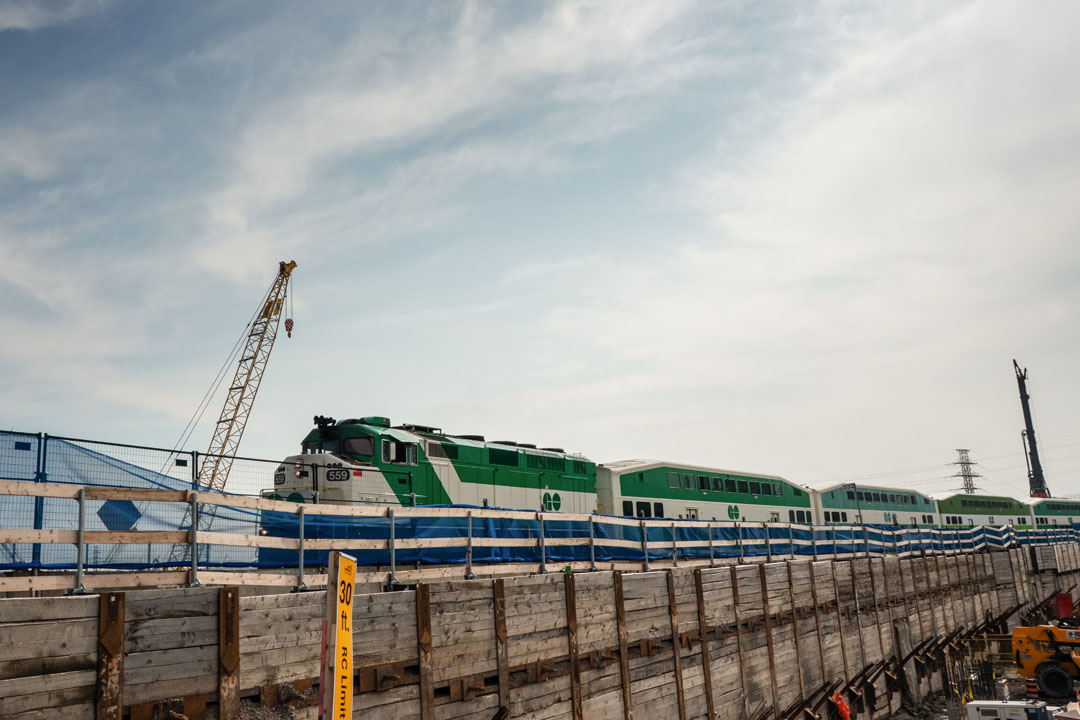
East Harbour Transit Hub
- INSIGHTS
Efficiency by design: Delivering Capital projects in today’s markets
- PROJECT
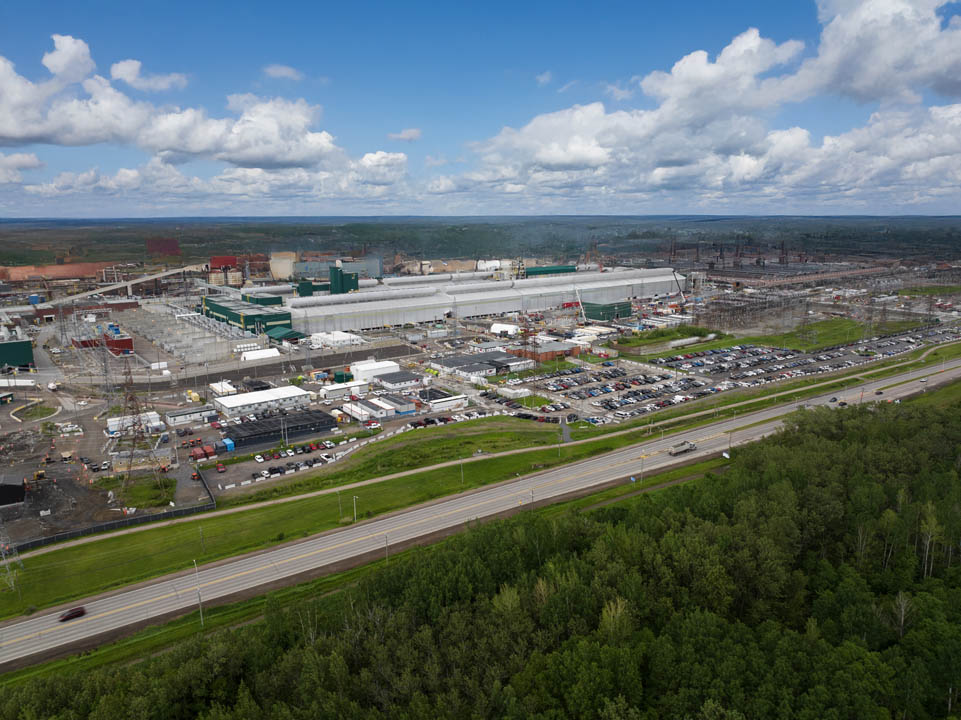
AP60 Expansion Project
- INSIGHTS
Ushering in a new era of intelligent risk-based decision making in construction
- PROJECT
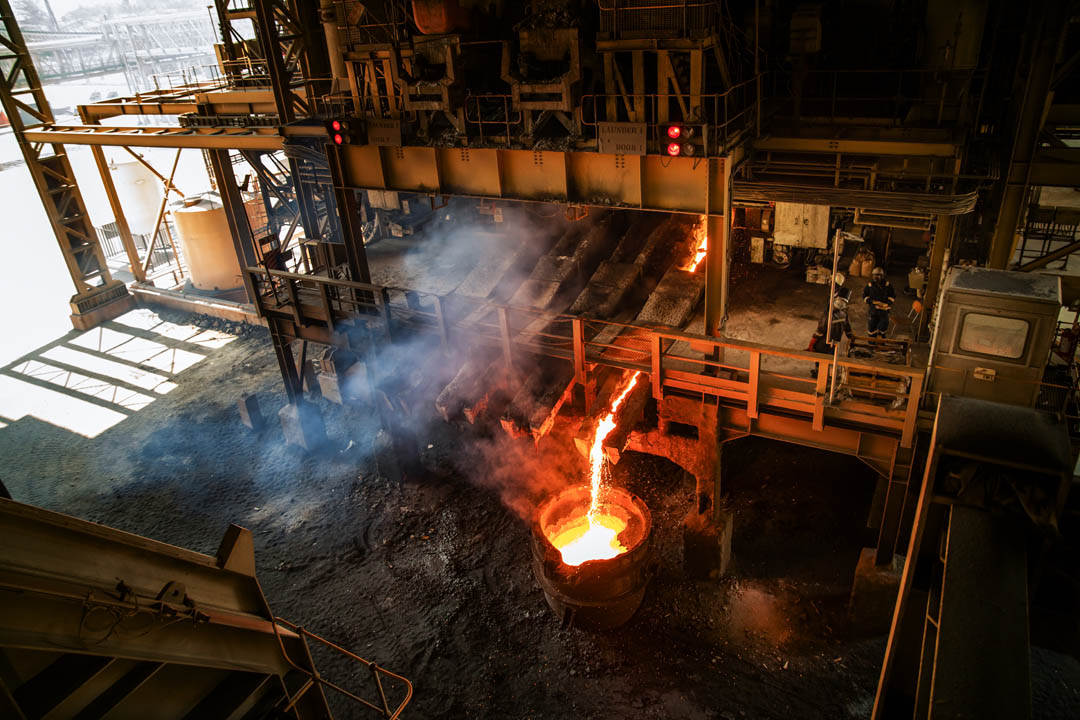
Zimplats Smelter Expansion
- INSIGHTS
Contractor delivery for successful project outcomes
- PROJECT
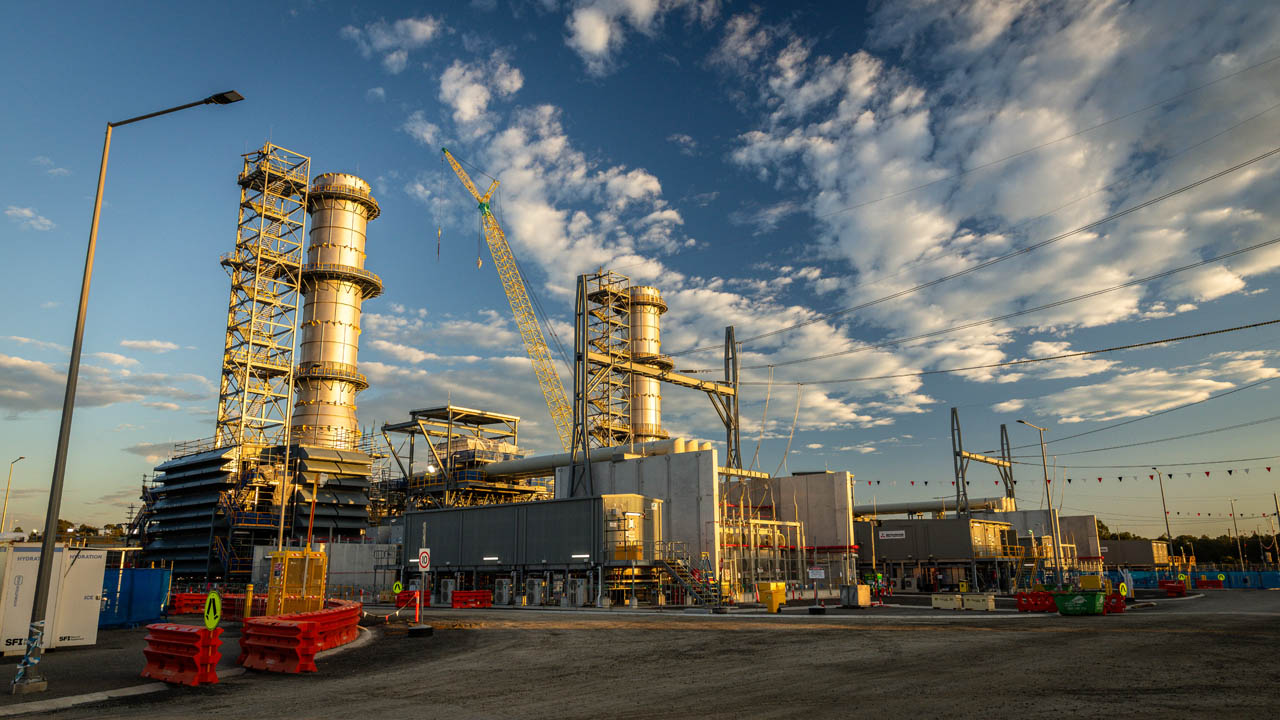
Hunter Power Project
- INSIGHTS
Are you leaving value on the table after the build?
- INSIGHTS
AI breakthrough in mineral processing unlocking millions in value
- INSIGHTS
The faster, the better? The intersection of rapid delivery and responsibility
- PROJECT

Newmont’s Yanacocha Water Transition Projects
- PROJECT
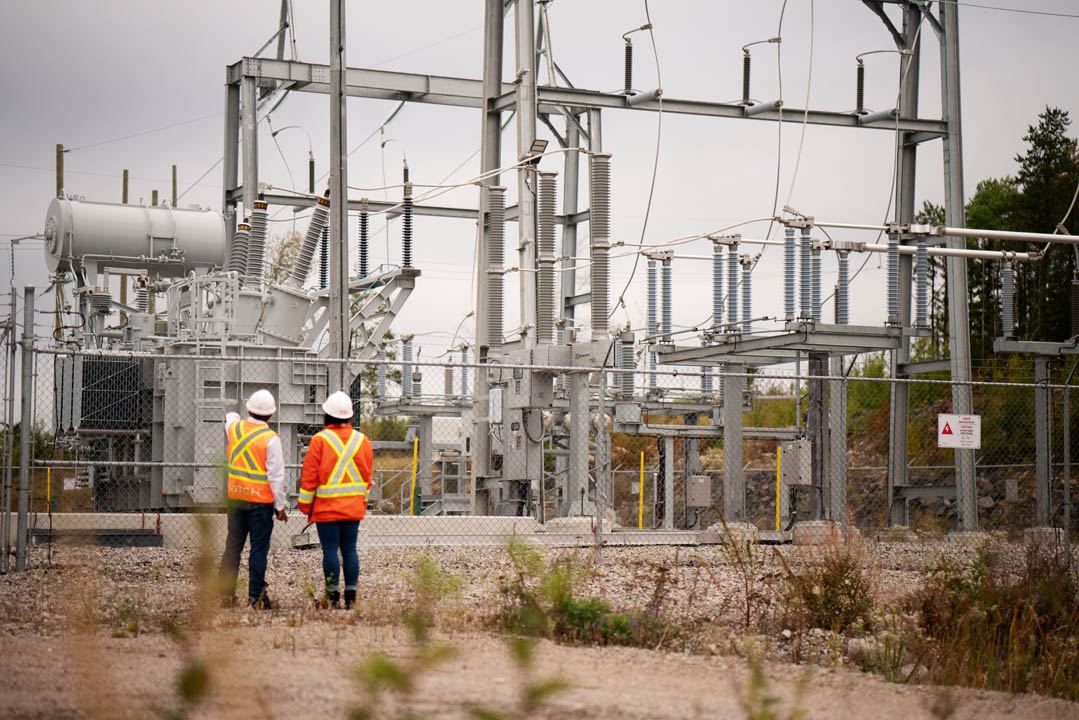
Wataynikaneyap Power Transmission Project
- PROJECT

Sound Transit’s System Expansion